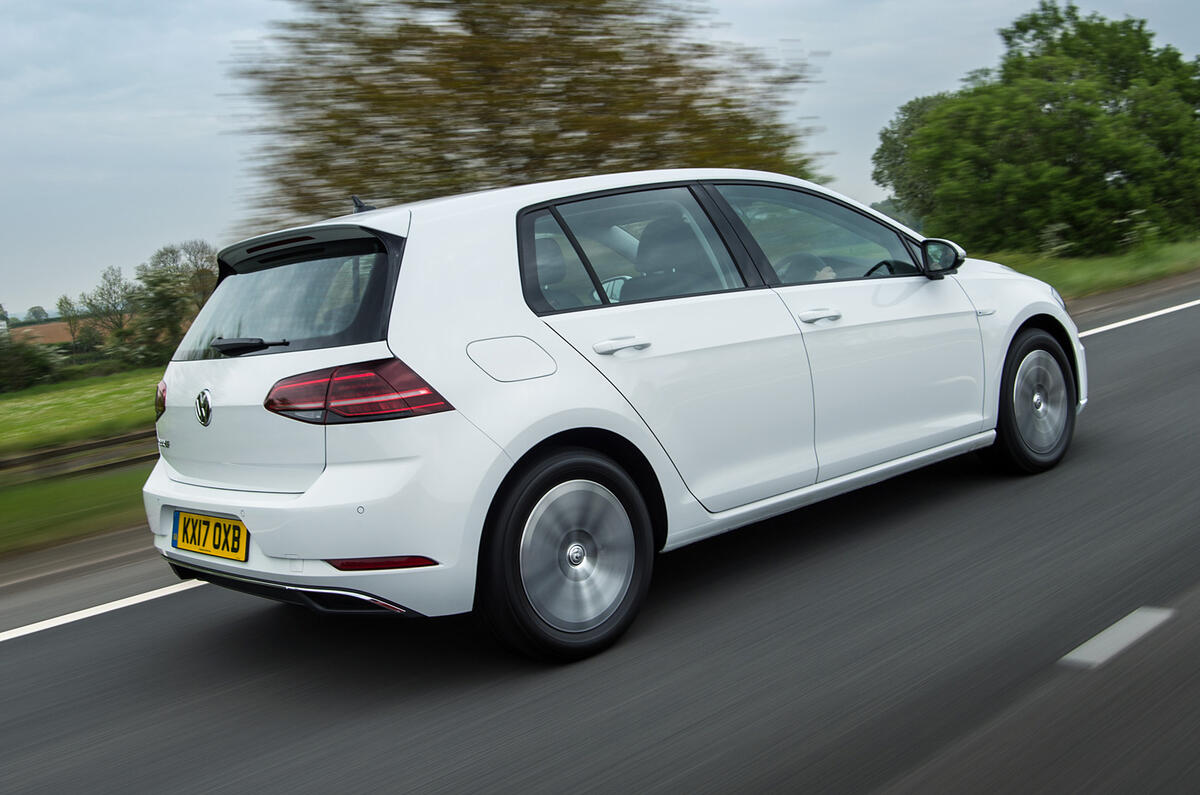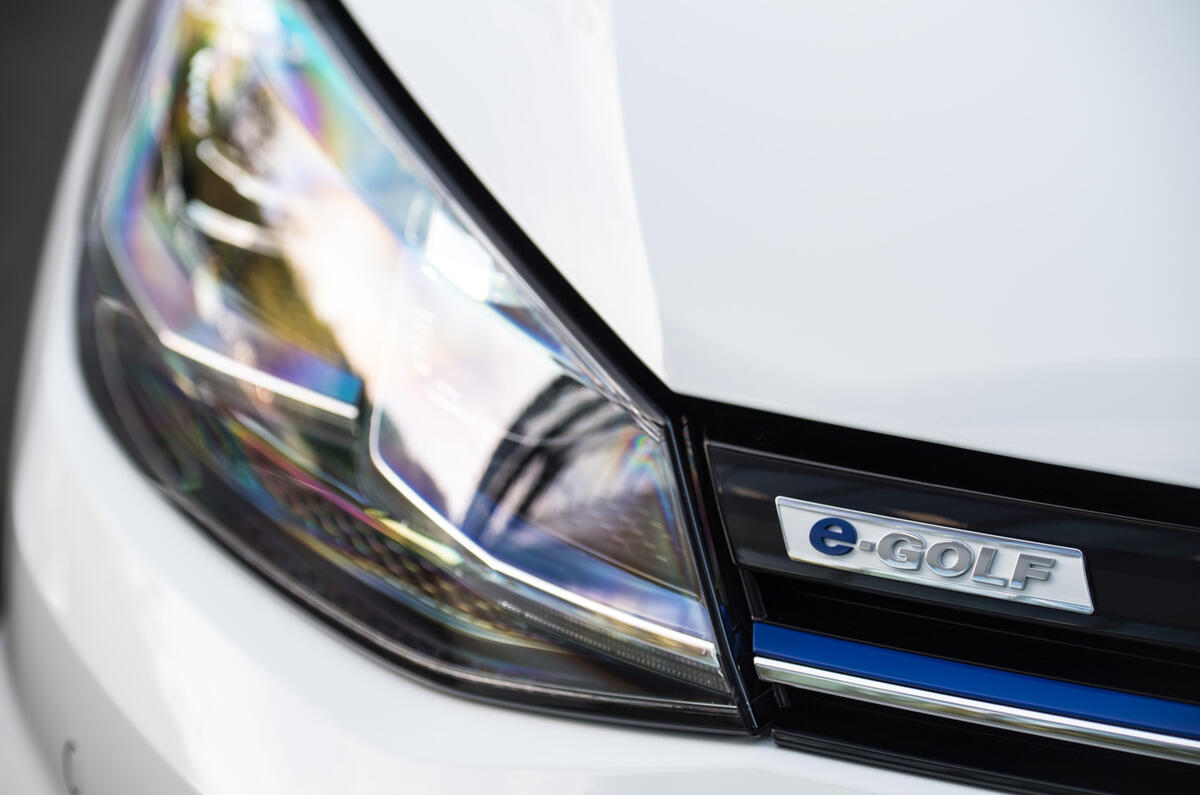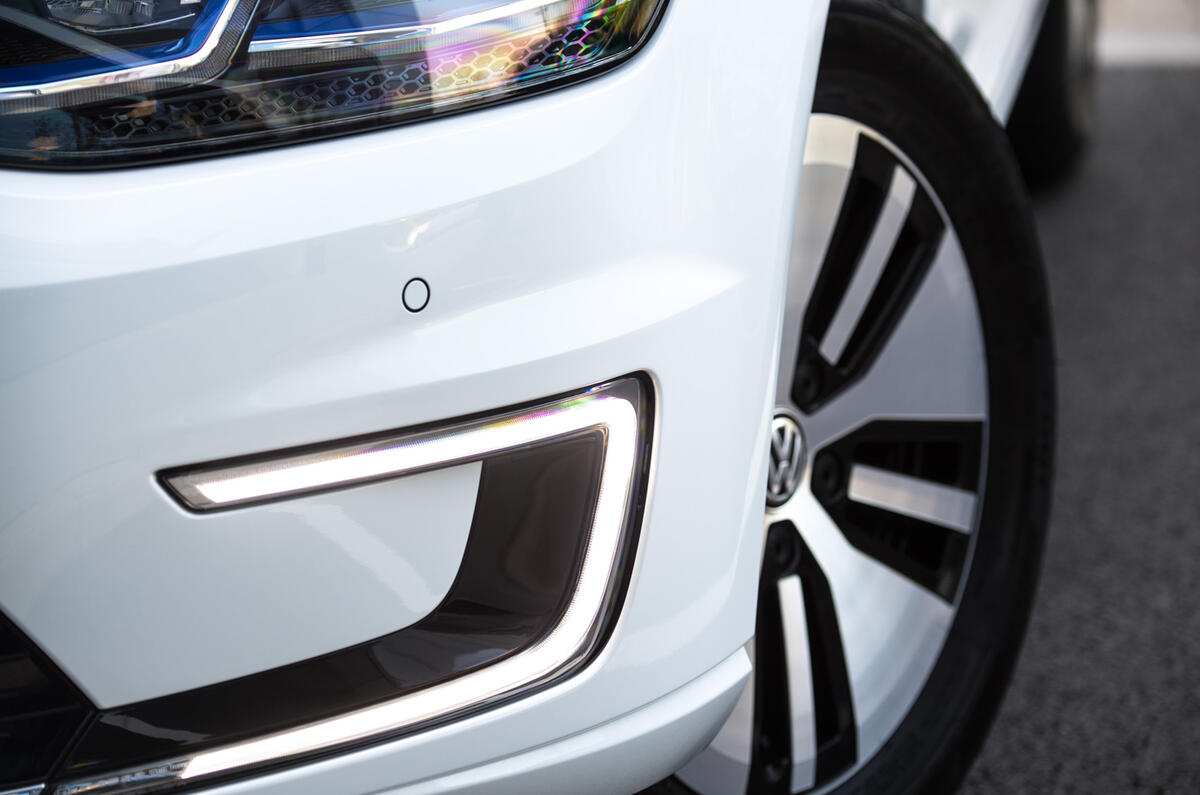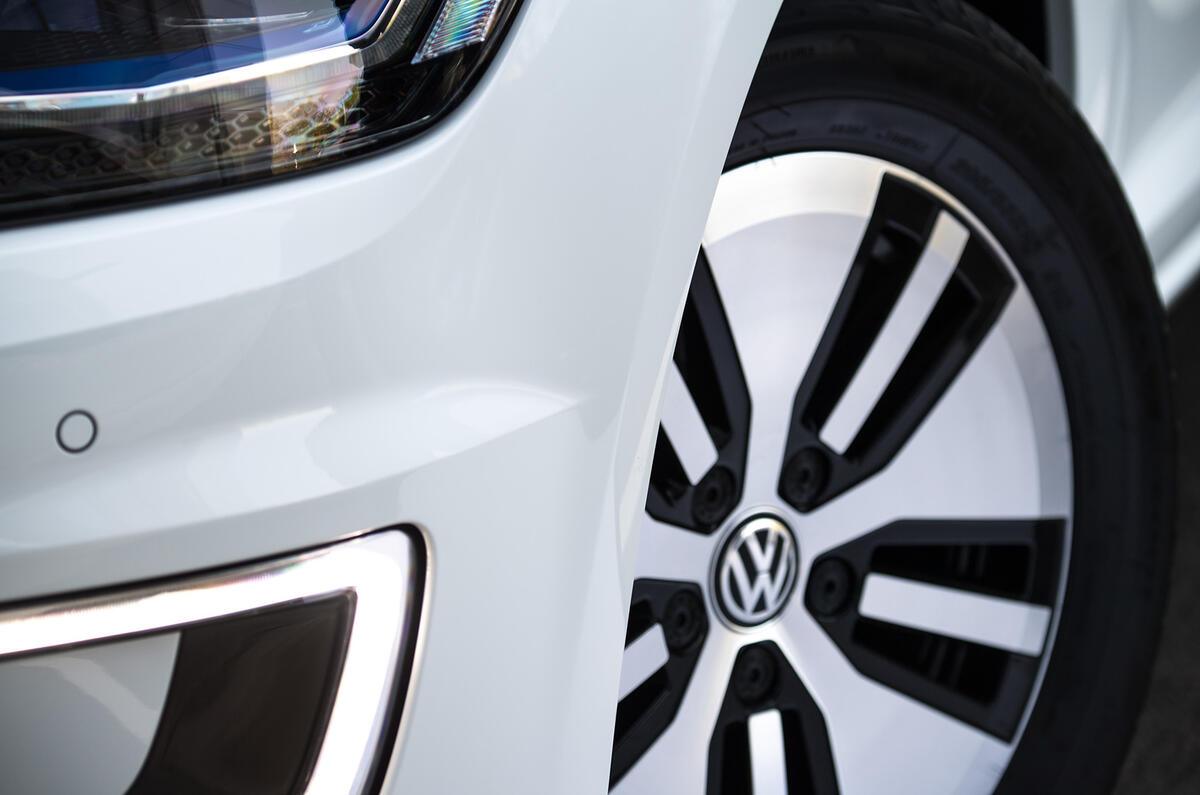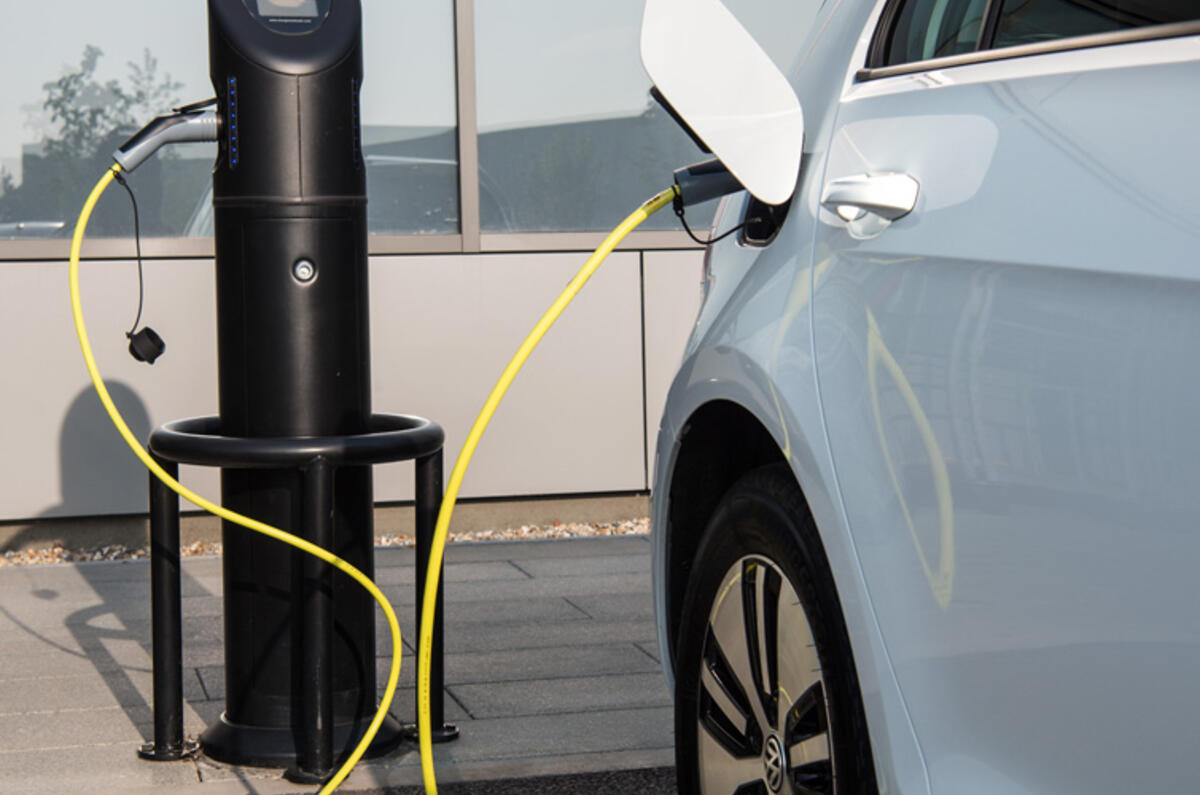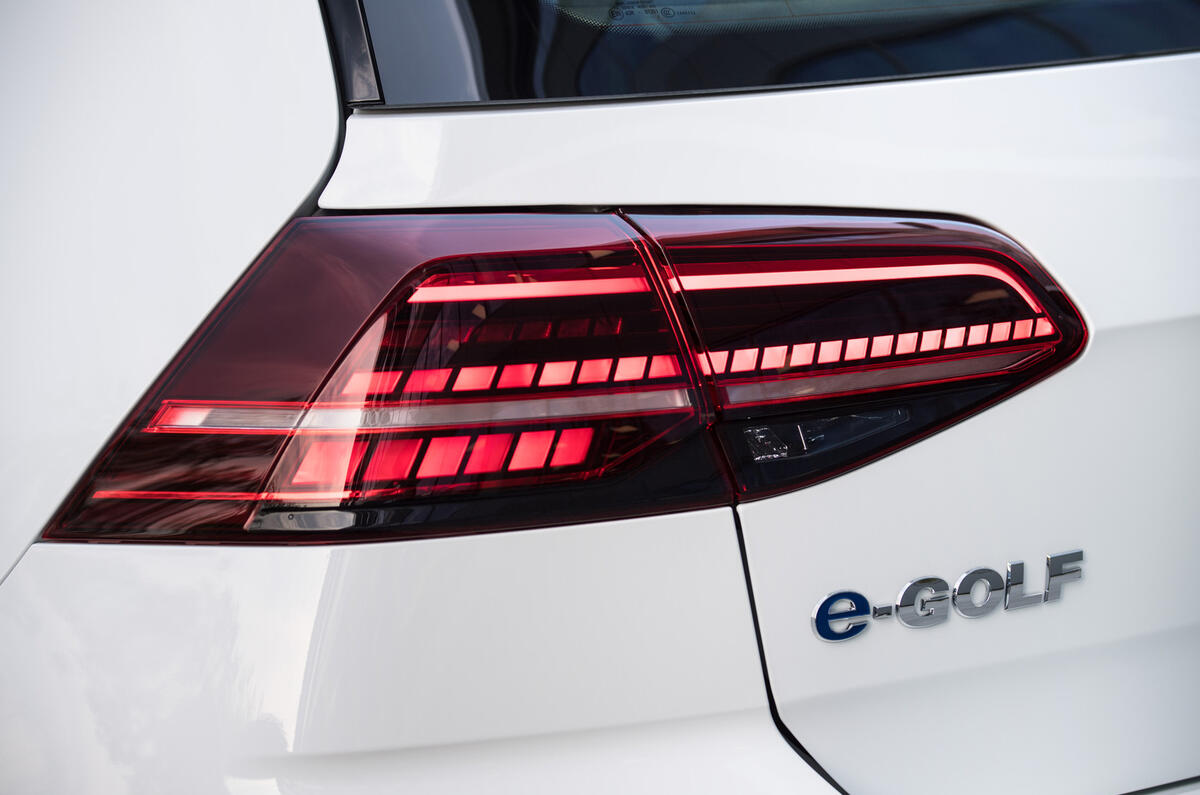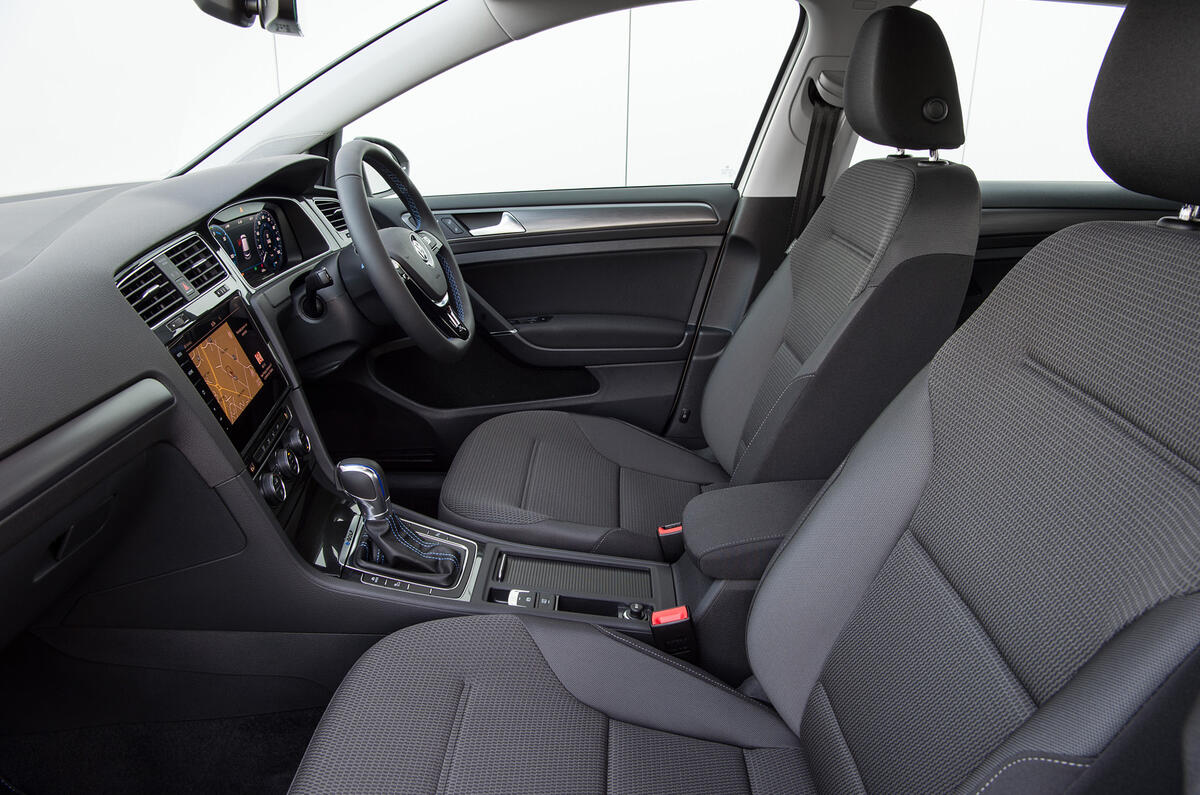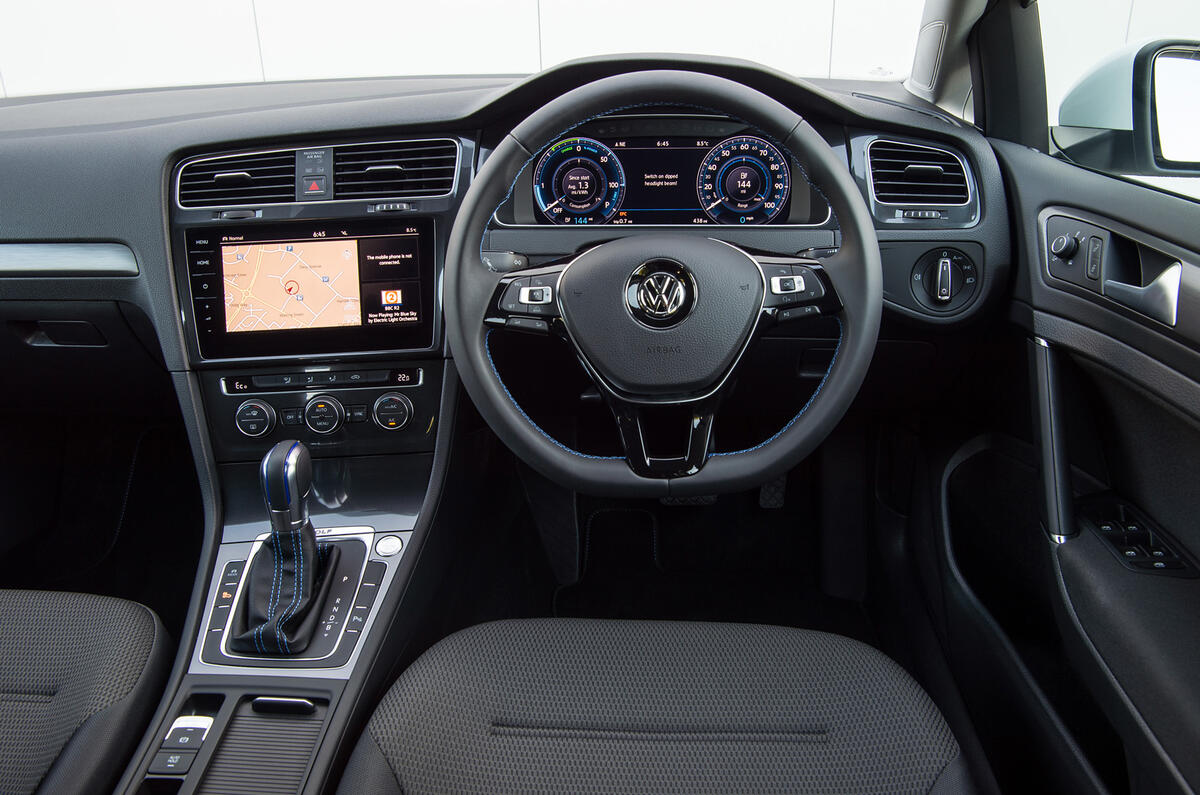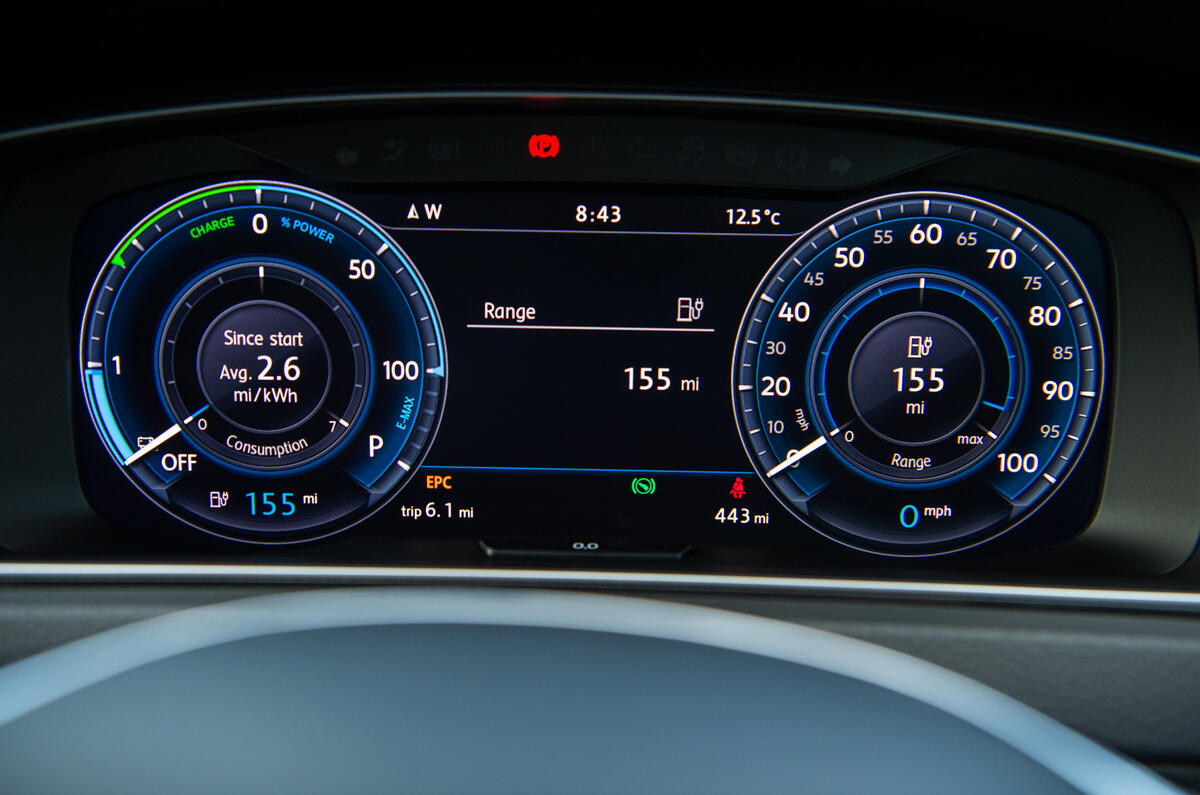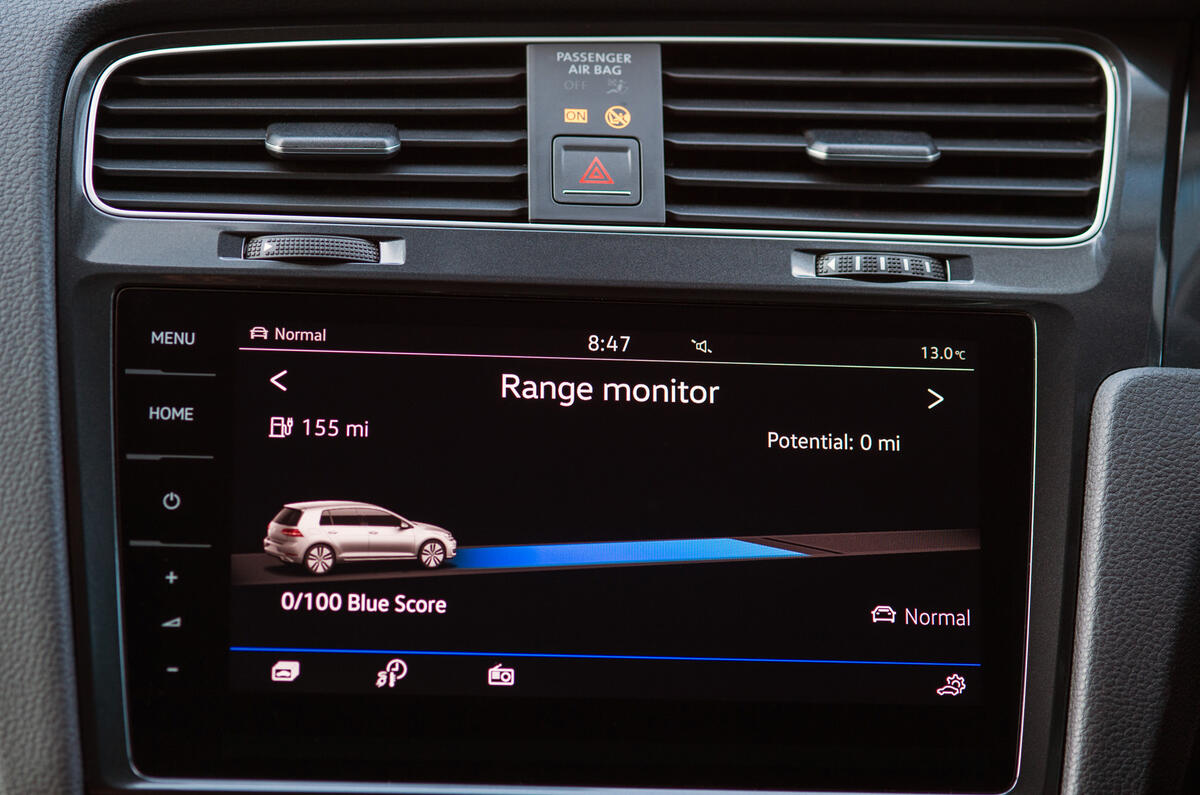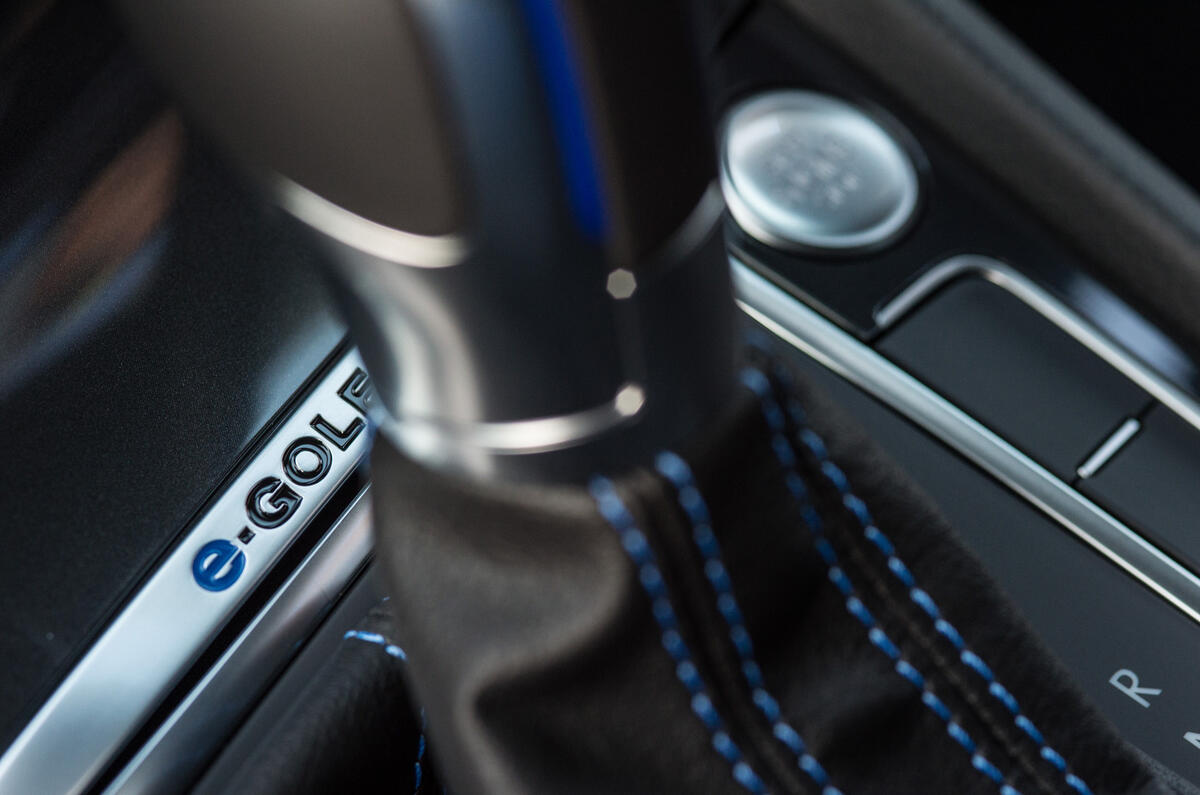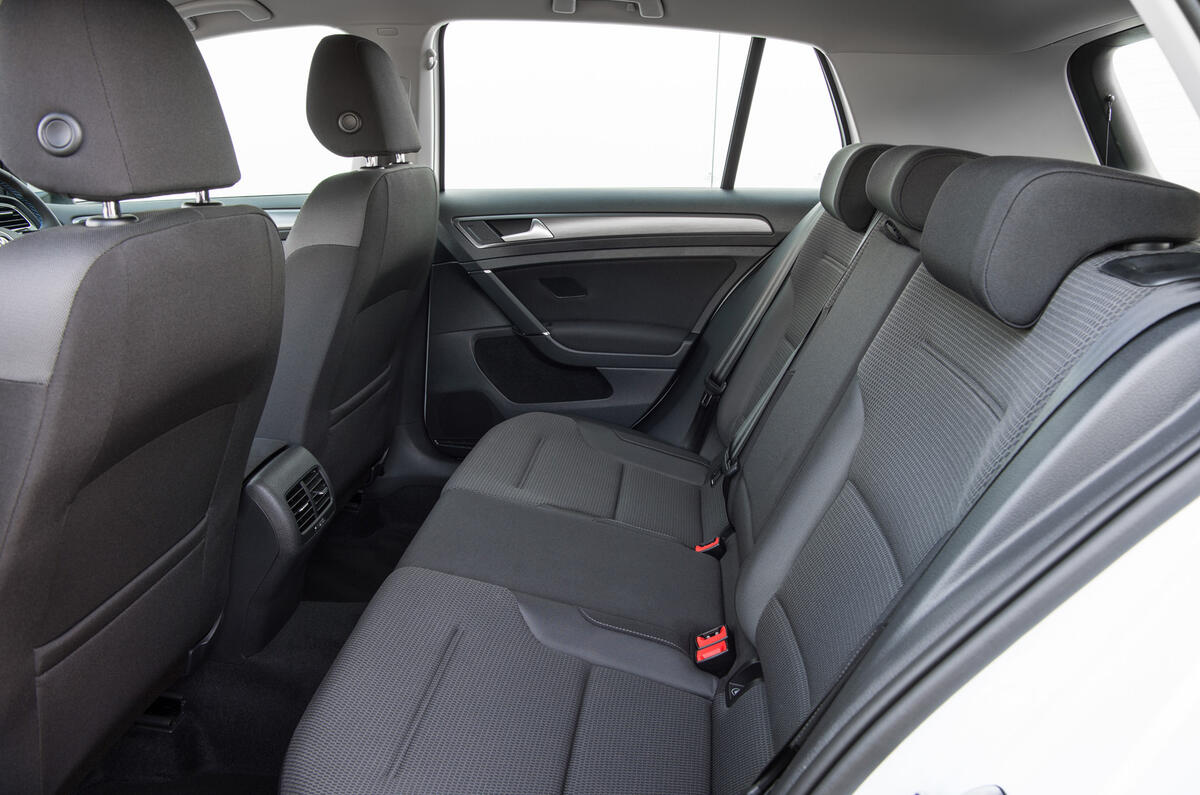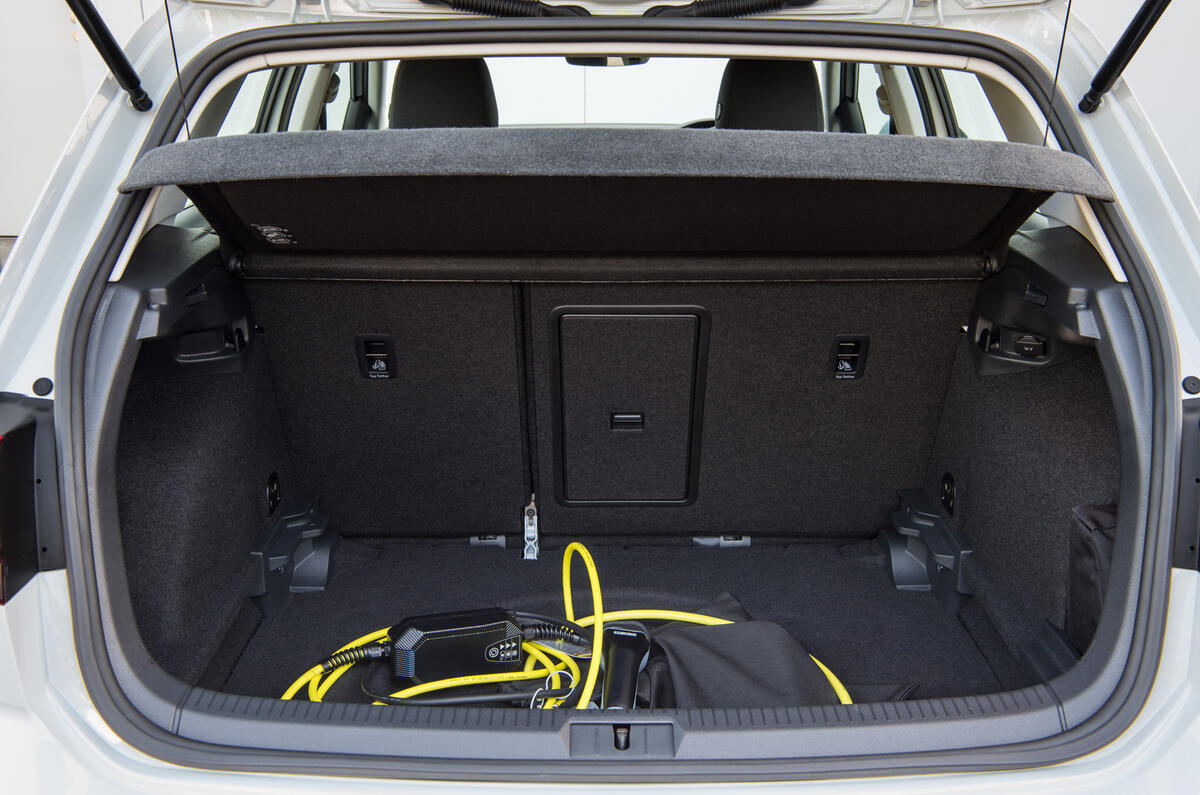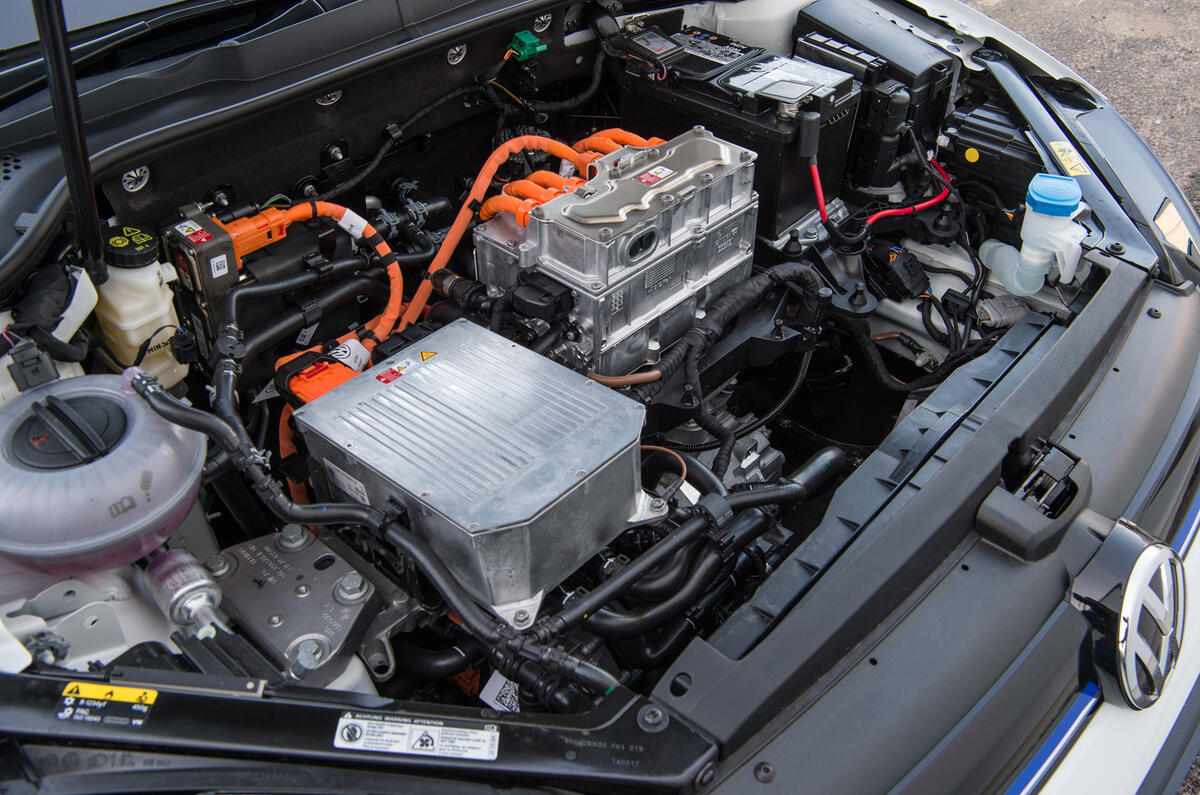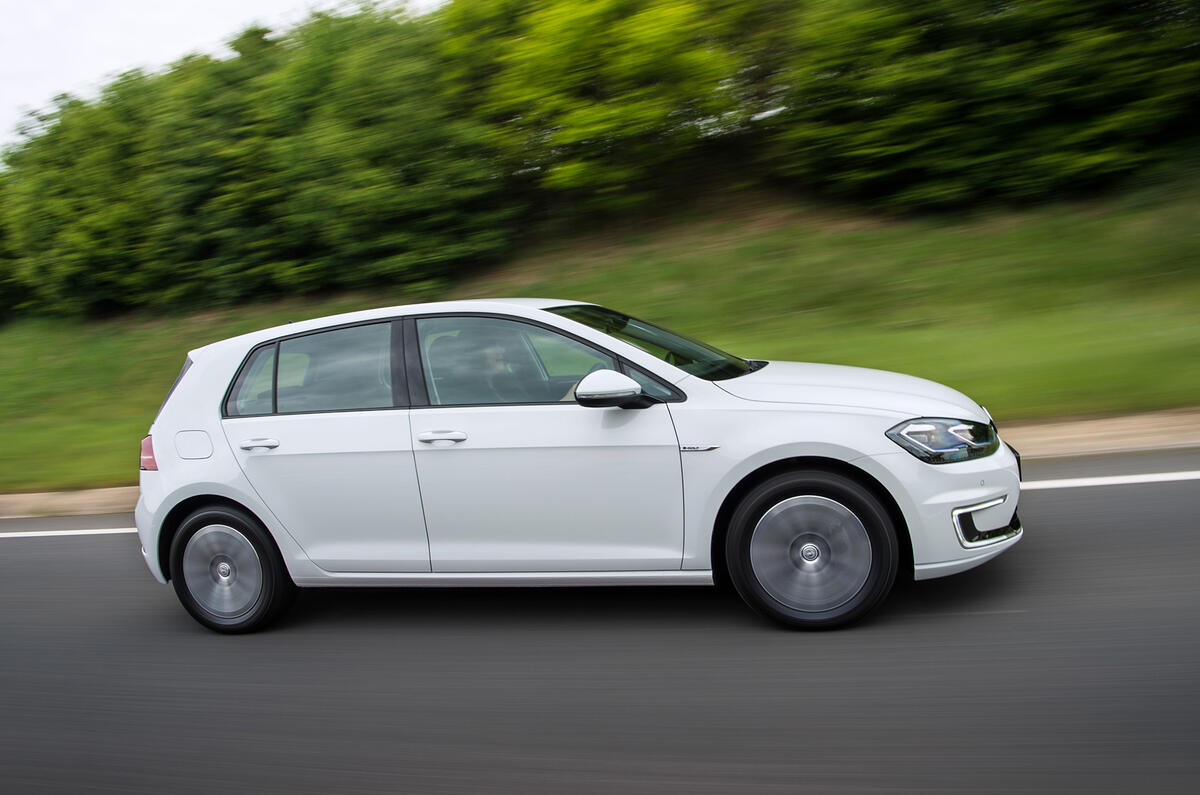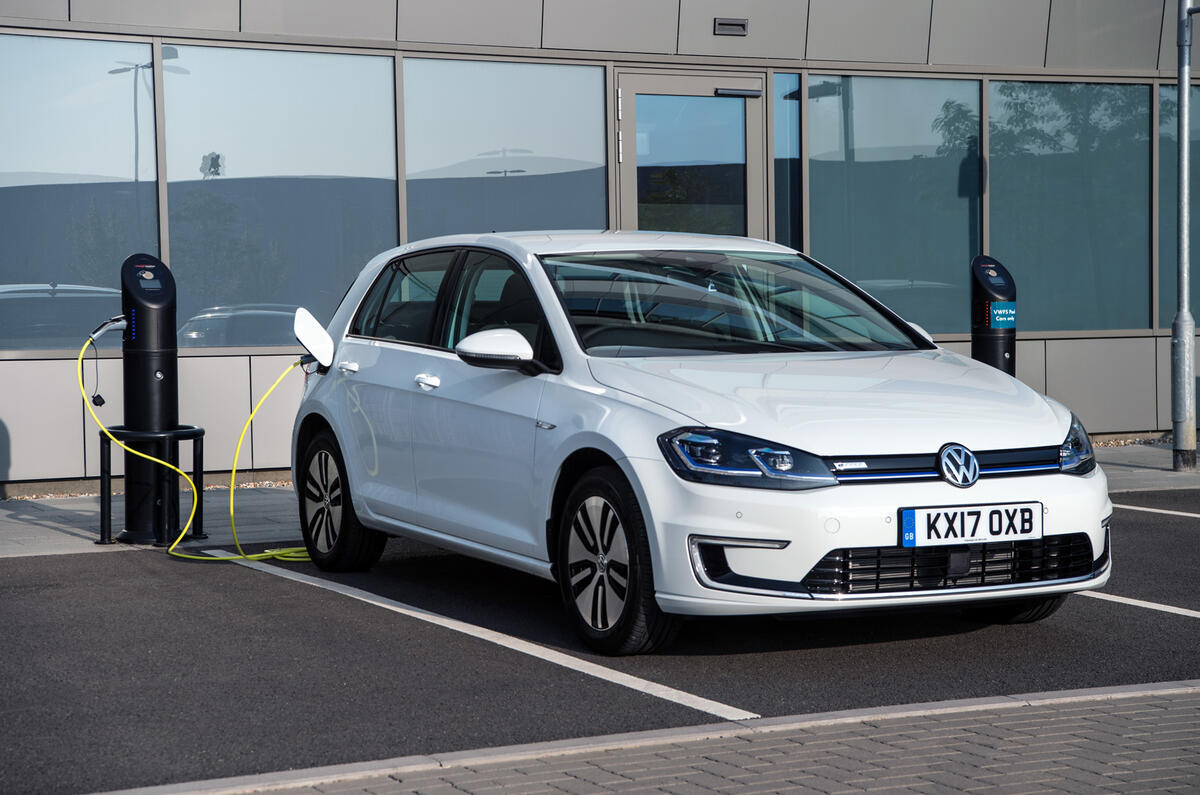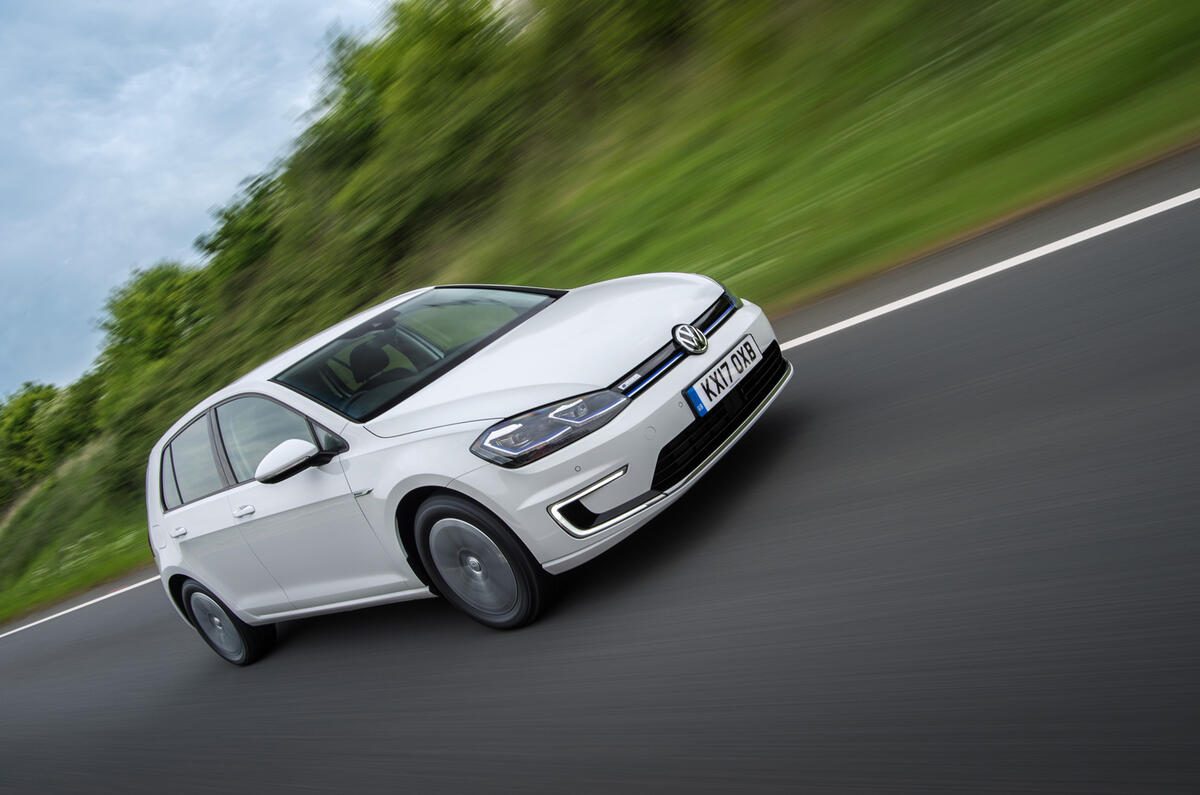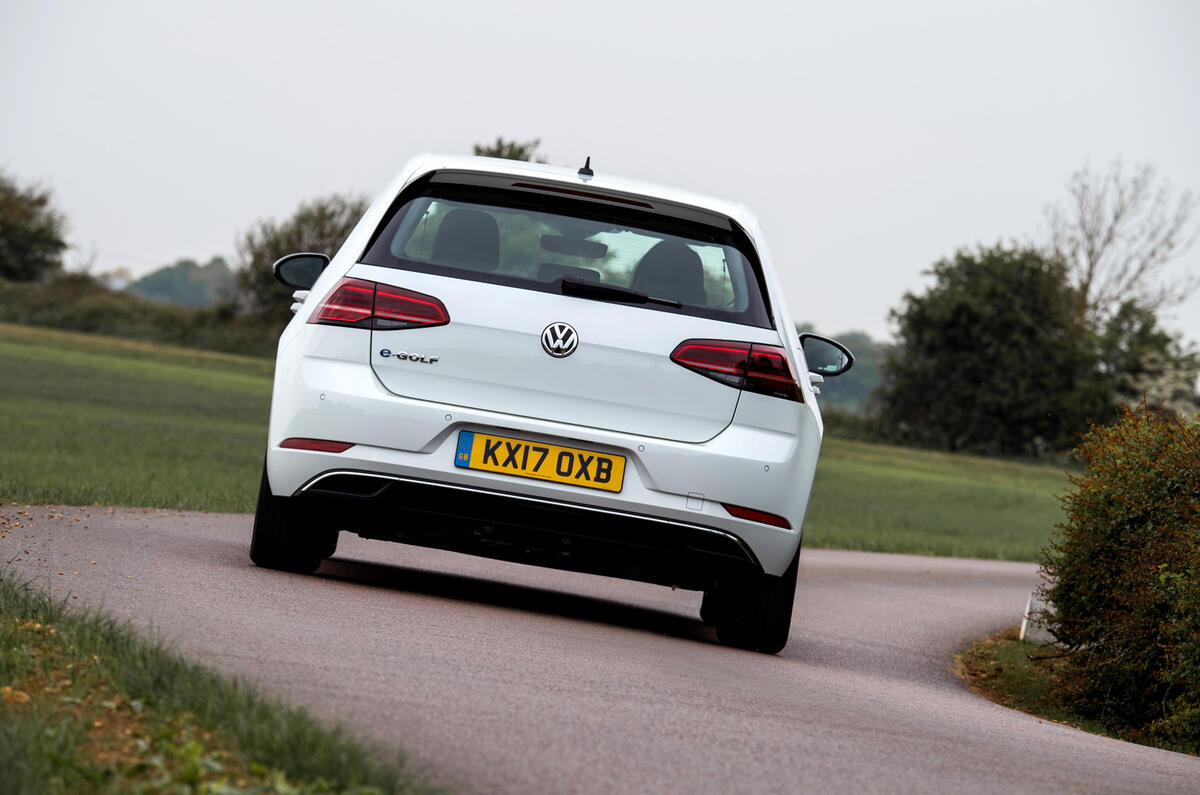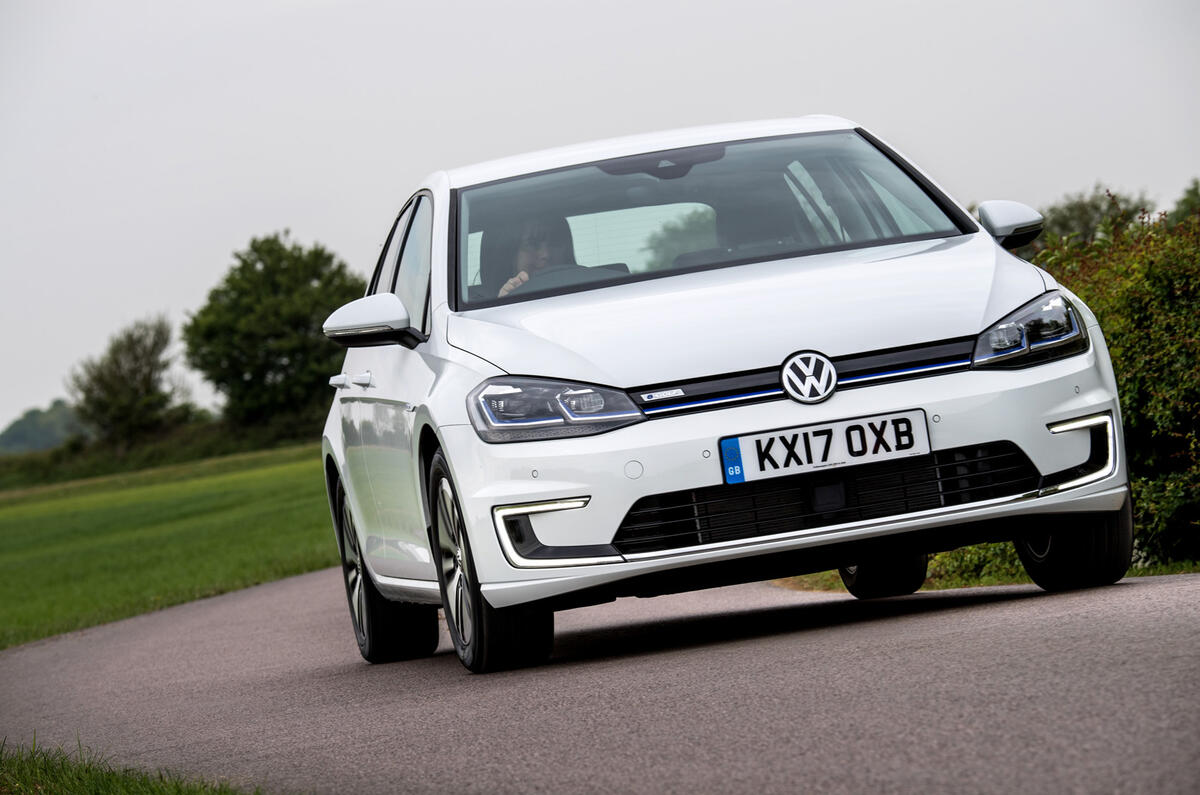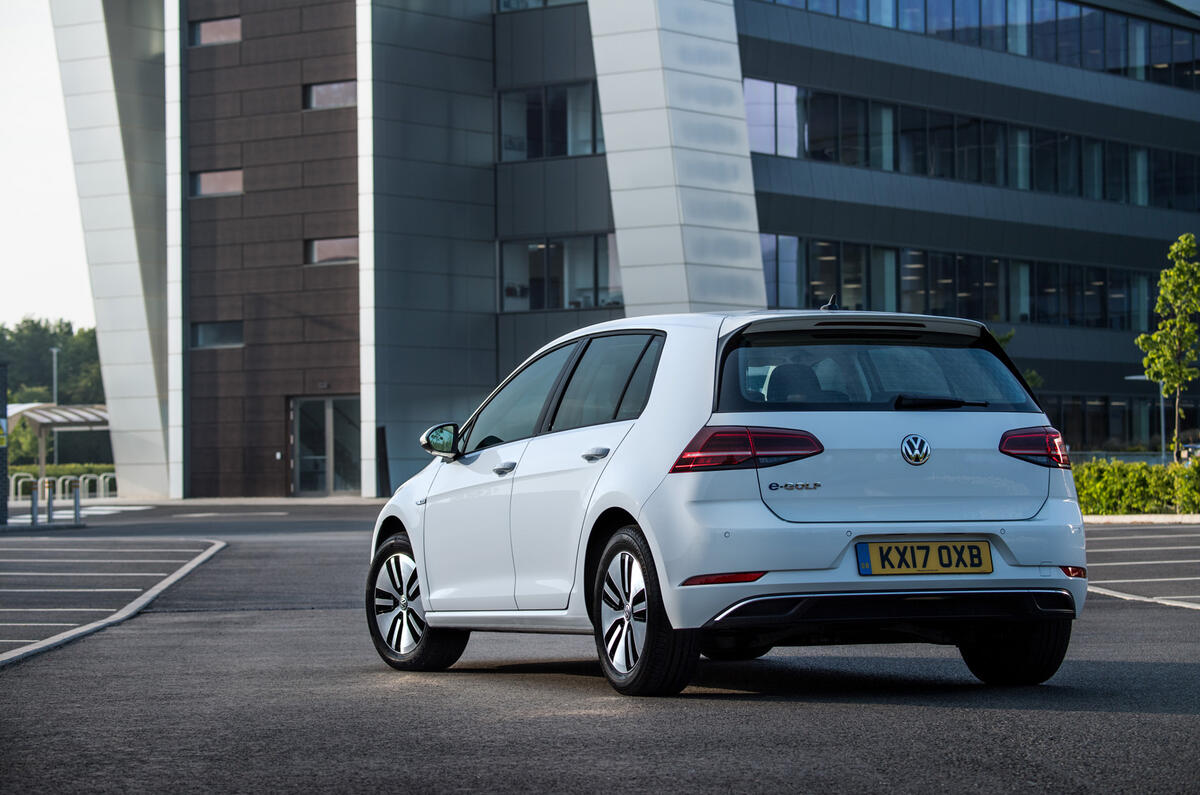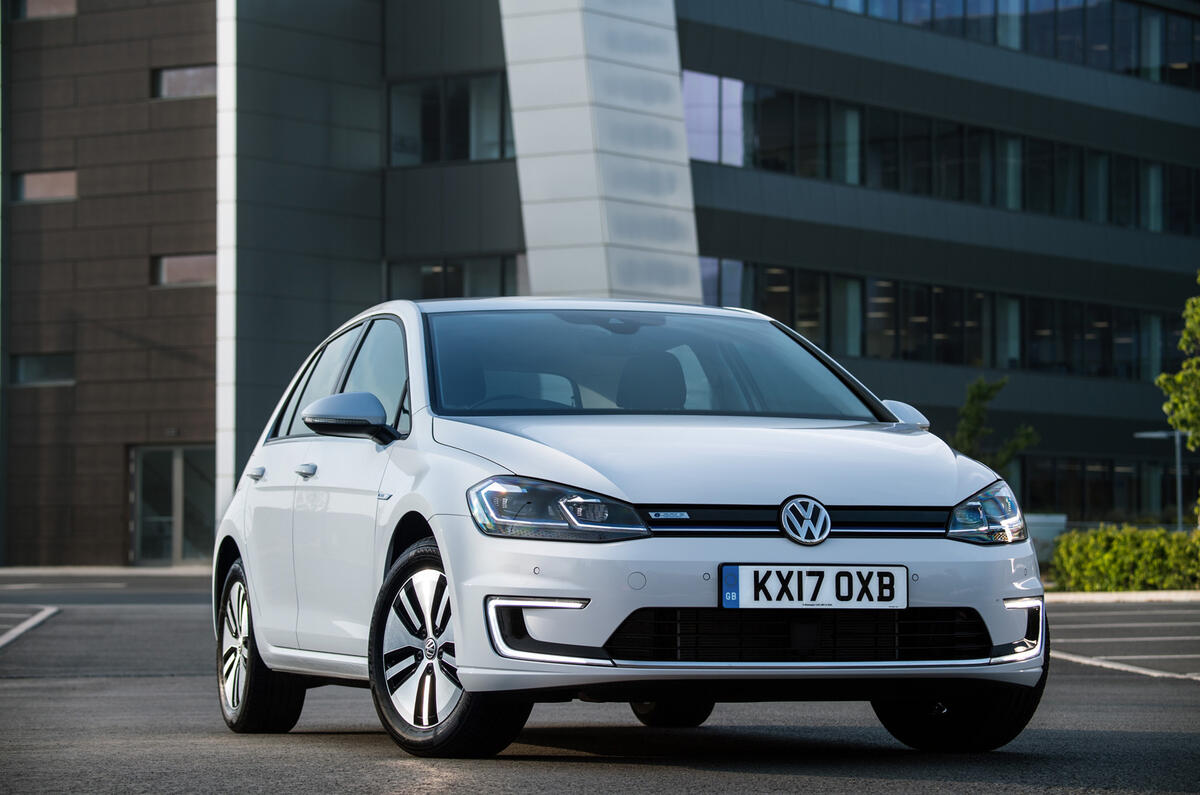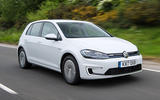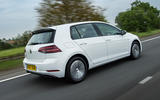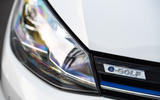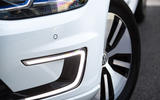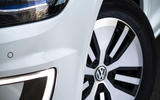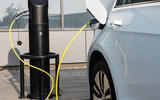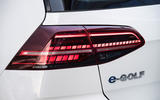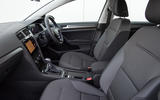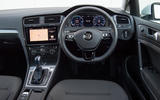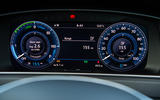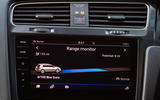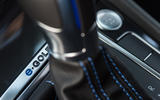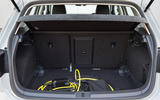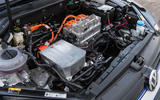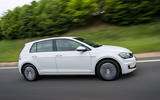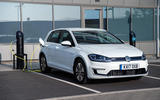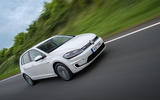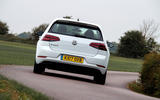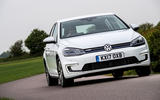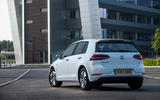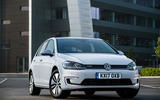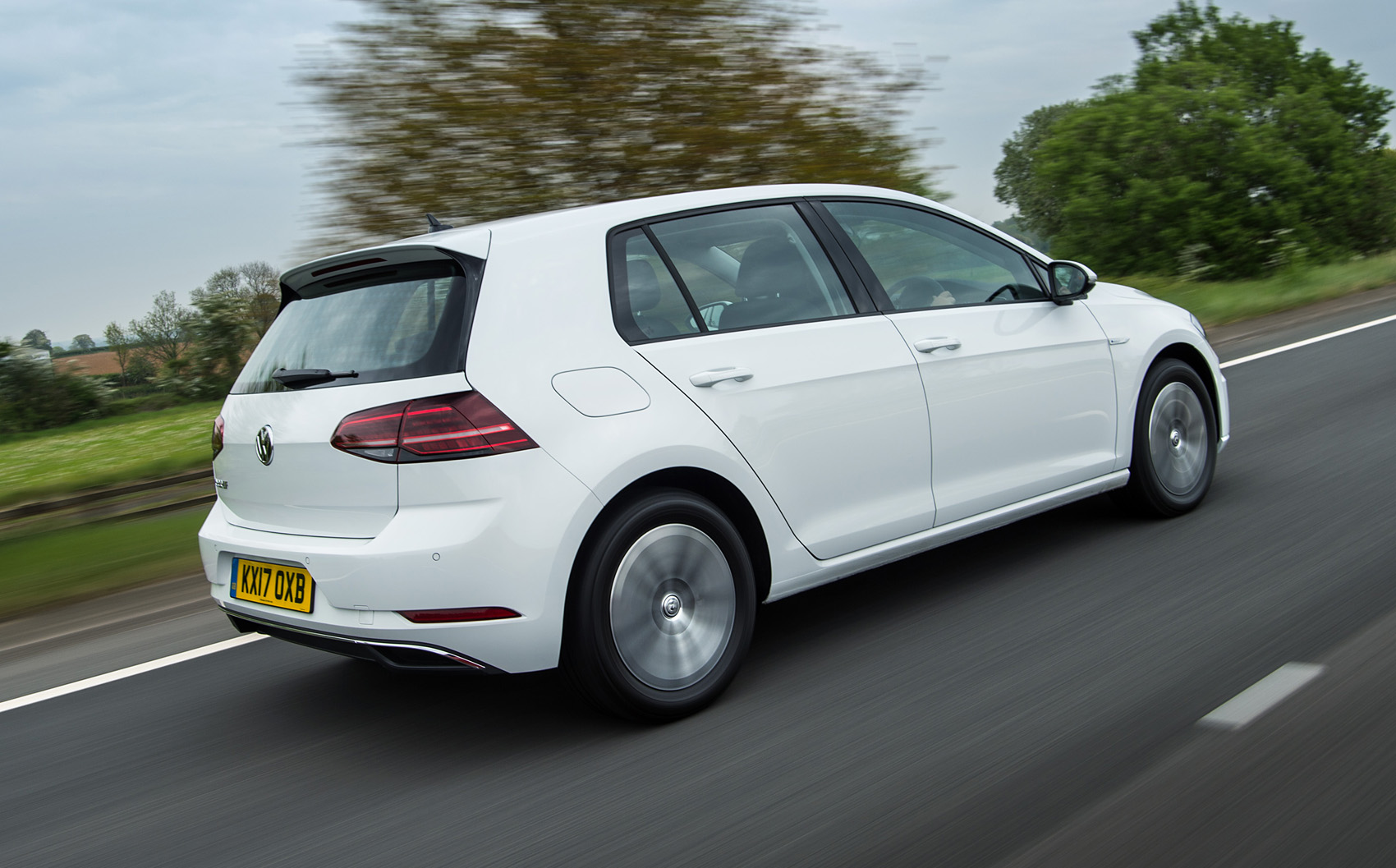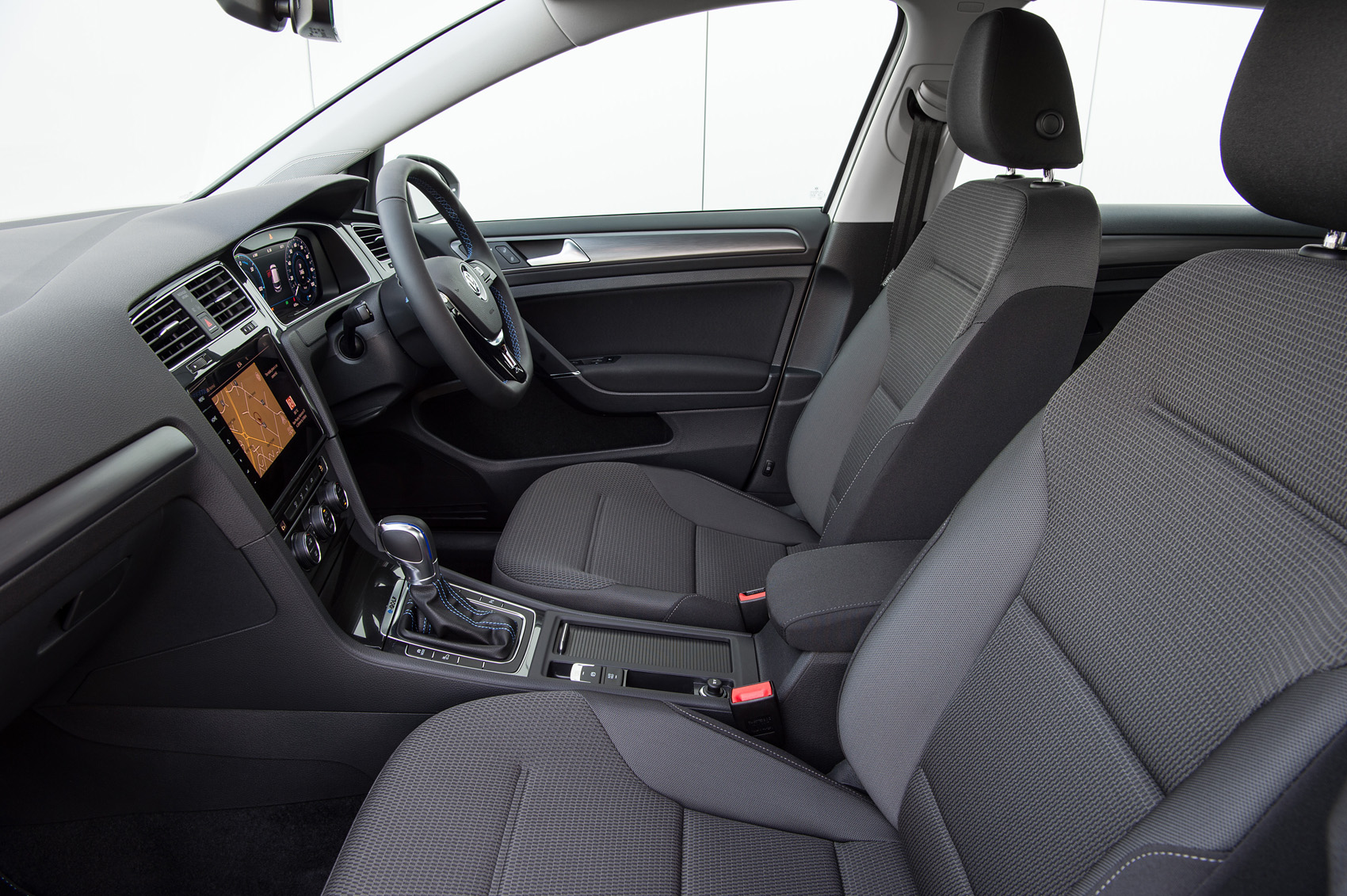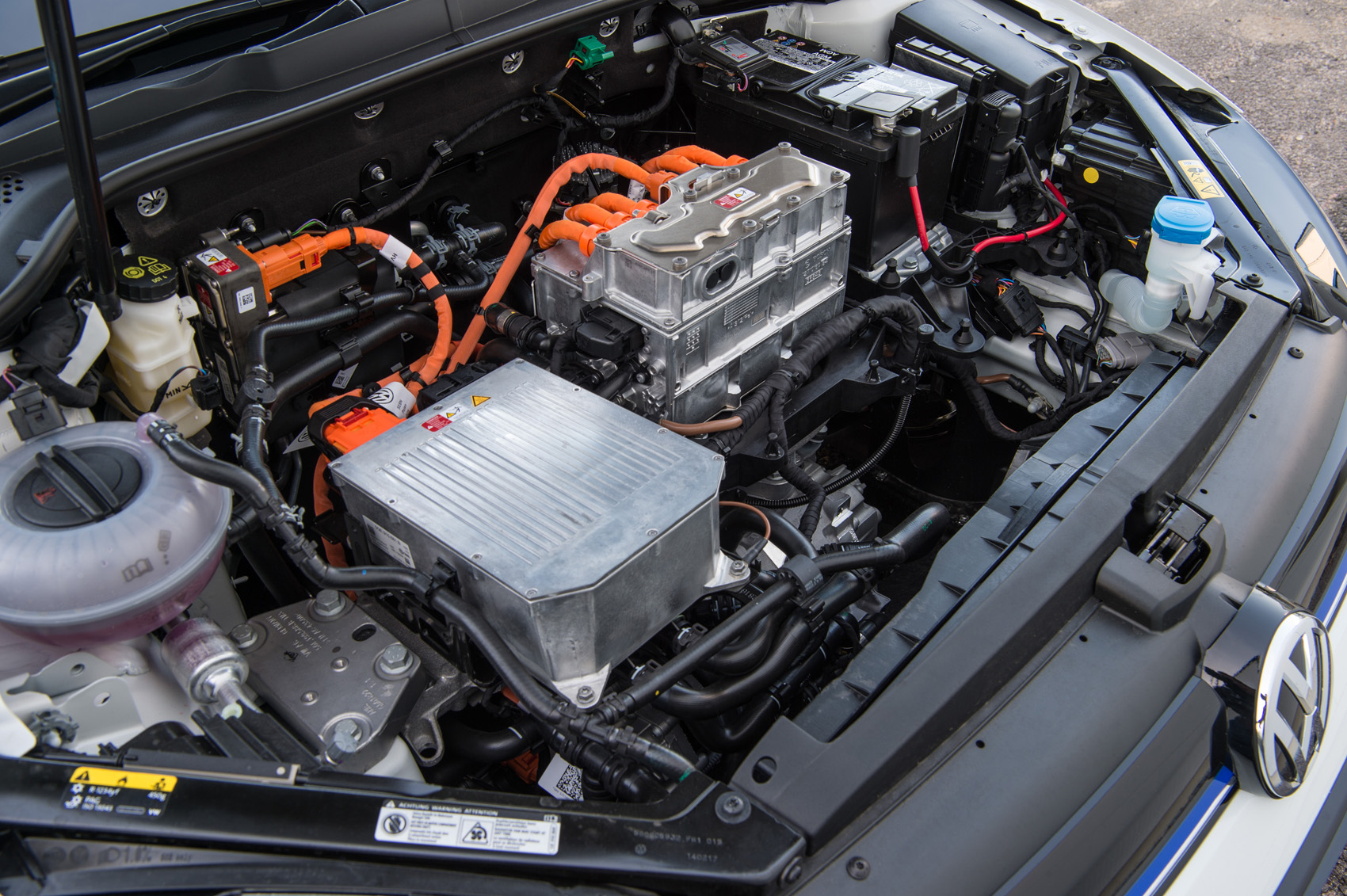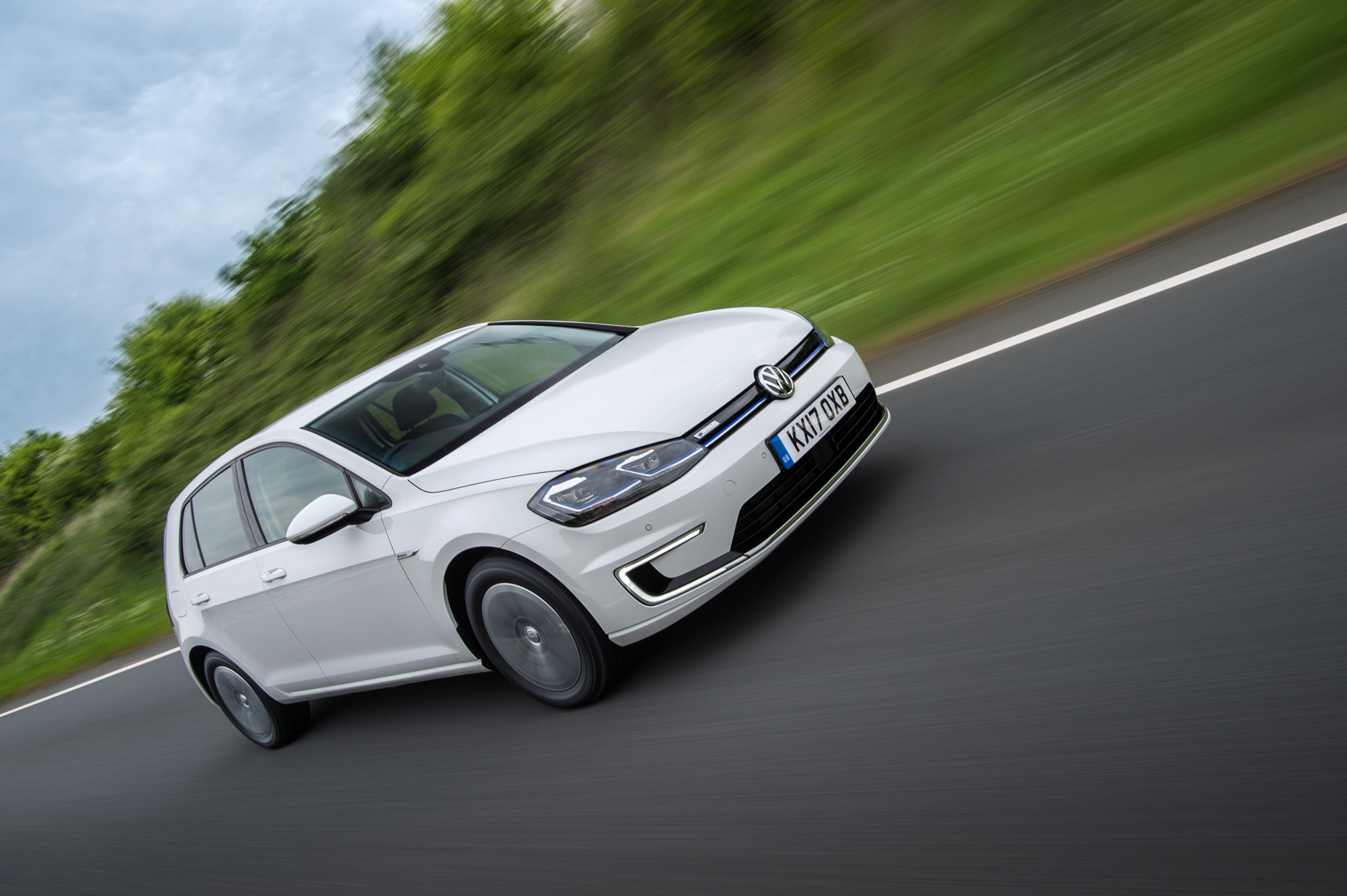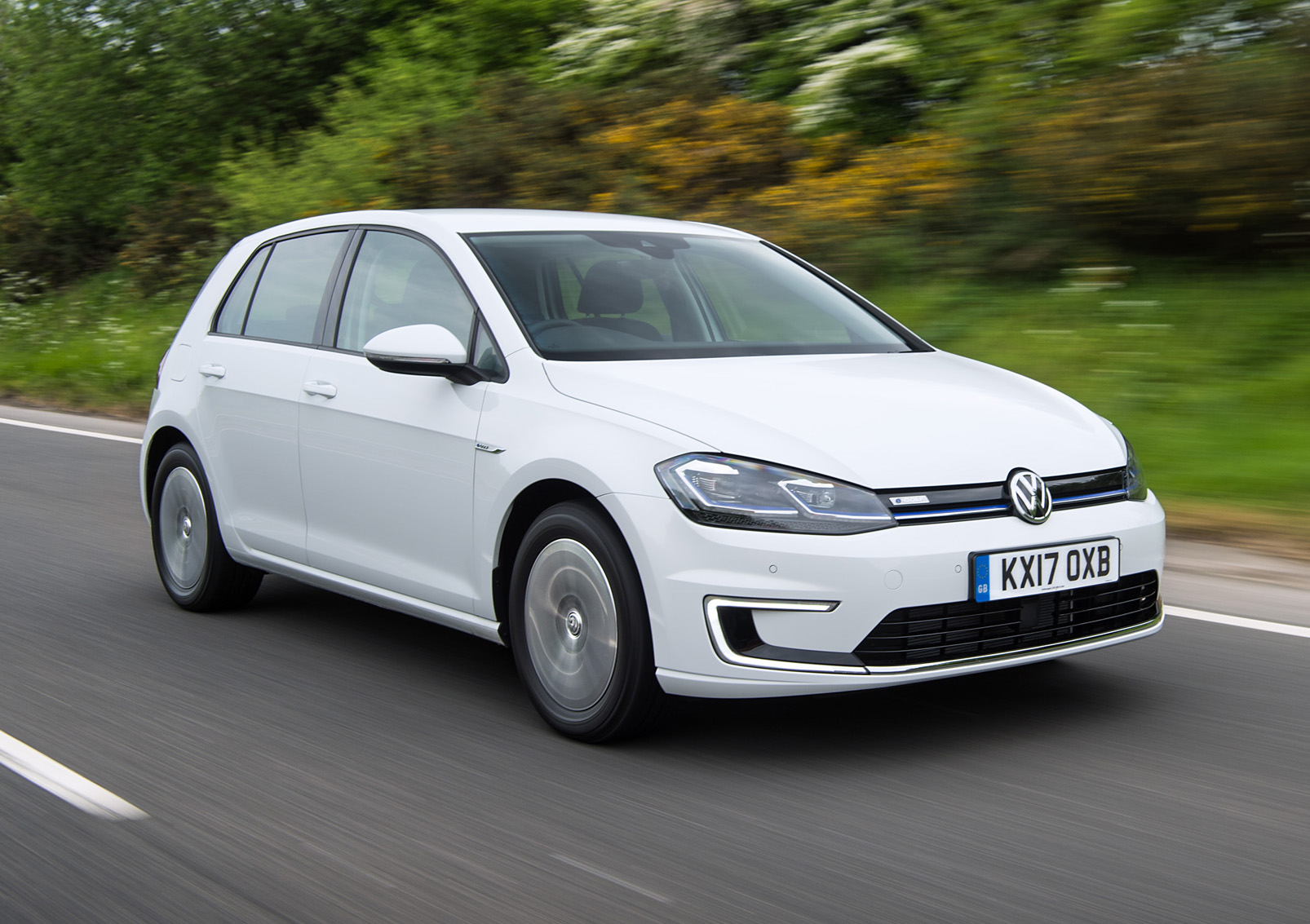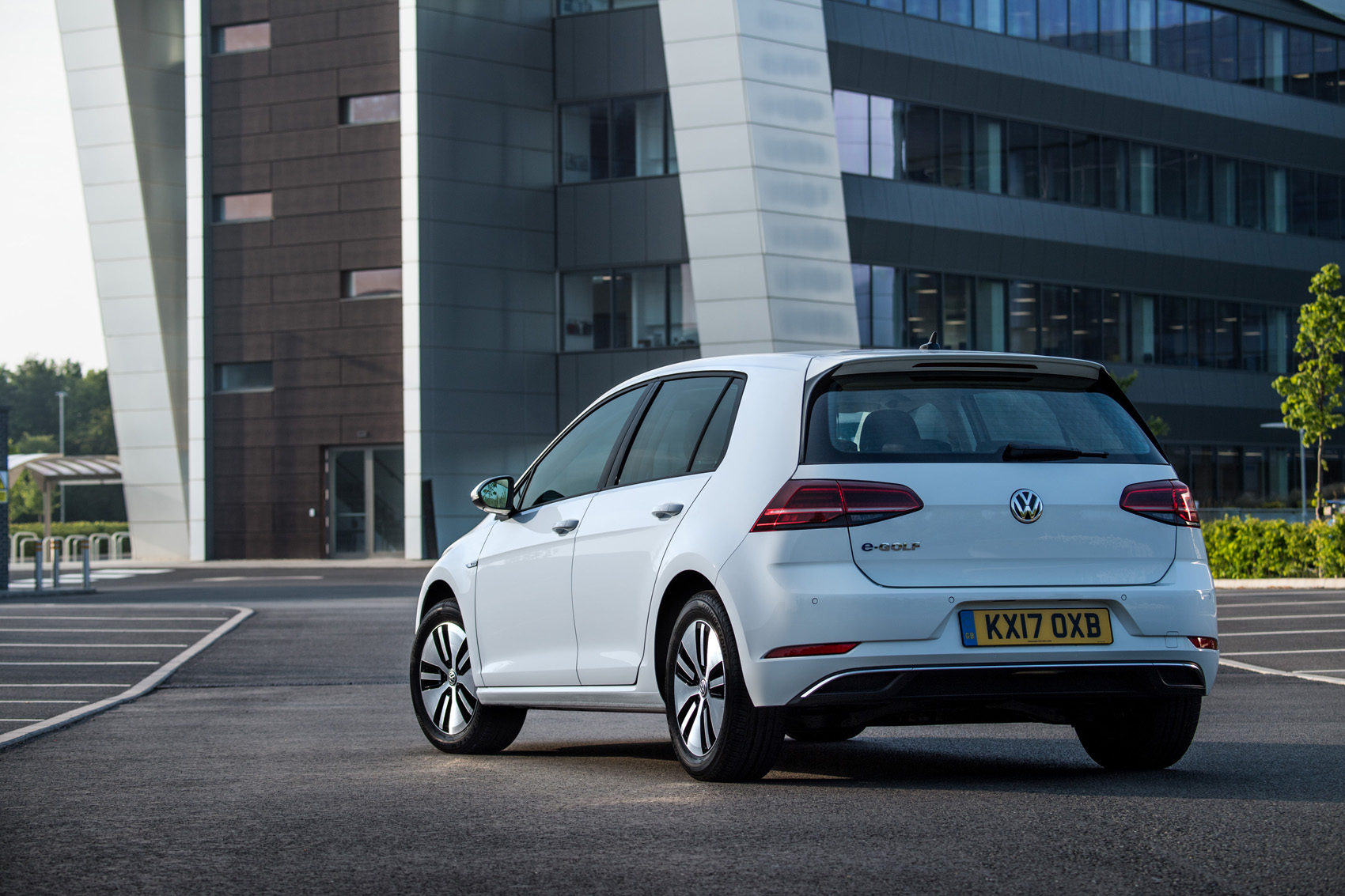Over time, you can loosely map the progress of affordable electric cars by the way they travel from Autocar’s offices to the test tracks we use.
All of the ‘ordinary’ EVs we’ve tested have reached the circuit that we use for photography, about 30 miles away, under their own power – even if some (Renault Twizy) have needed recharging when they get there.
But MIRA’s proving ground, in Leicestershire, is a different matter. The Mini E, Renault Zoe and early Nissan Leaf have needed stops en route or to be taken by trailer. A Tesla, however – Roadster, Model S or Model X – will do it in its stride. Any range-extended EV will call on fossil fuel reserves.
But the prospect of gliding into our test track car park with some miles showing on the ‘range remaining’ estimator, and without beads of sweat on our brows, is a tantalising prospect that is becoming more and more realistic by the month.
The current hope is this Volkswagen e-Golf, priced and sized to compete with the Nissan Leaf and BMW i3. It’s time to see how it fares, not just on the drive to the test track but also when it gets there and on all roads and sundry in between.
For 2017, Volkswagen facelifted the e-Golf which saw its range increase from 124 miles to 186 and overall power, as the German brand aims to conquer range anxiety, through the development of an enhanced battery pack.



